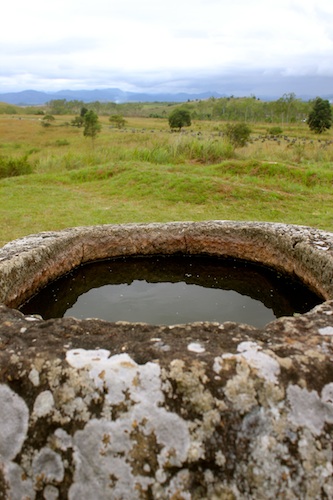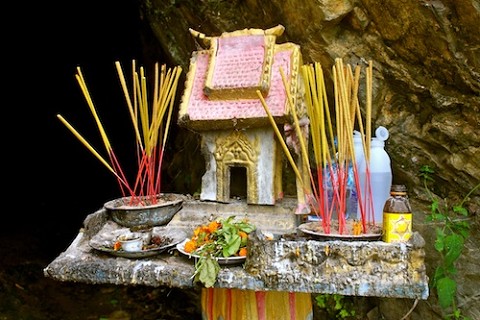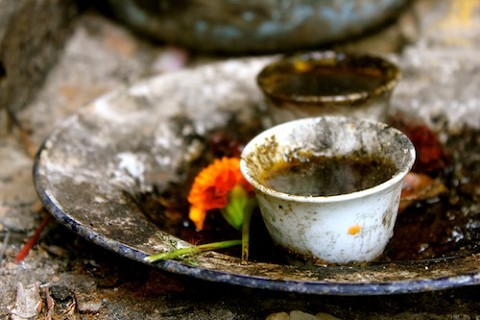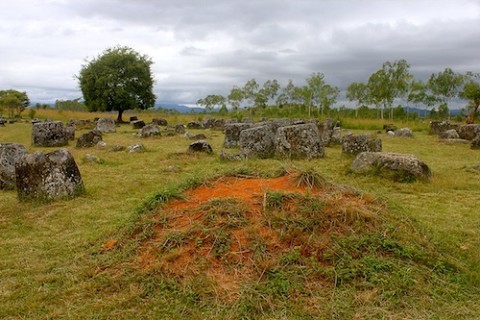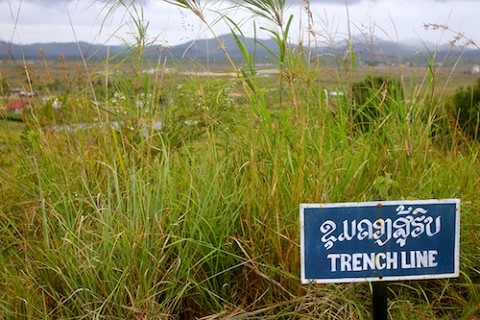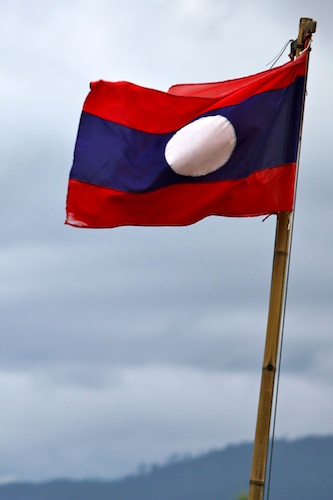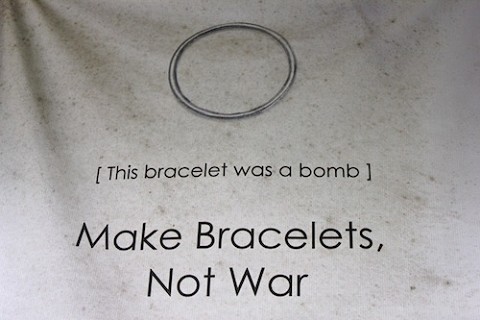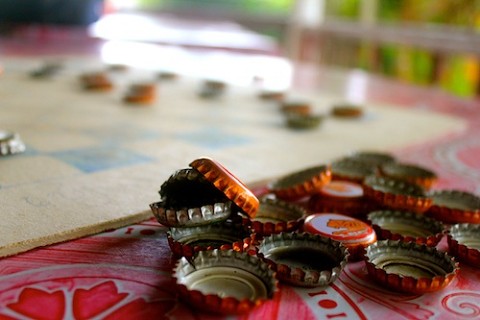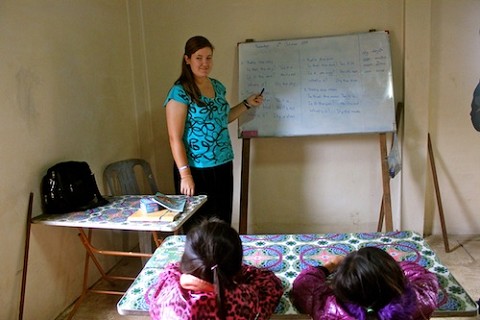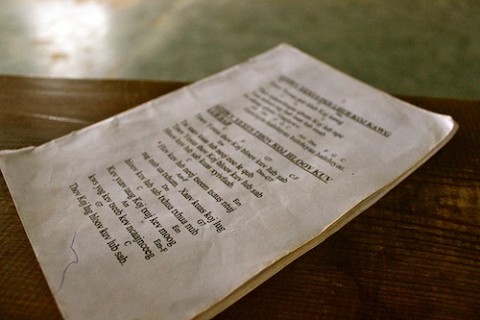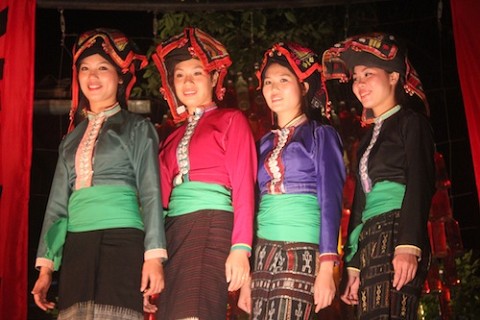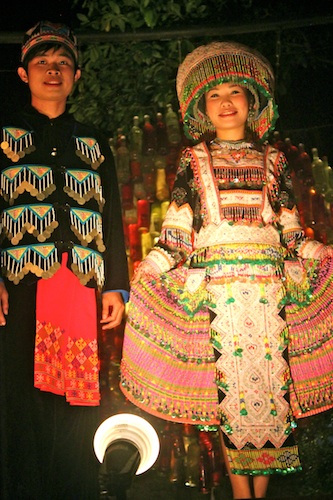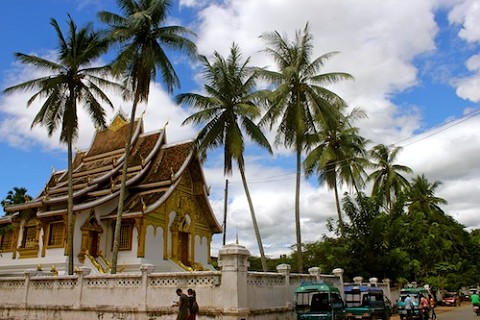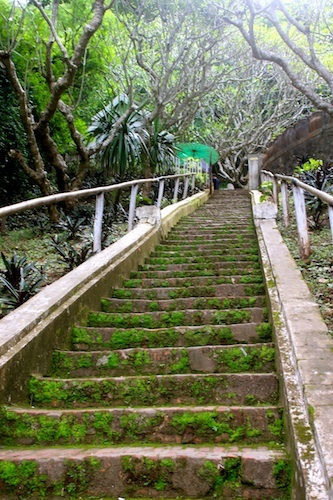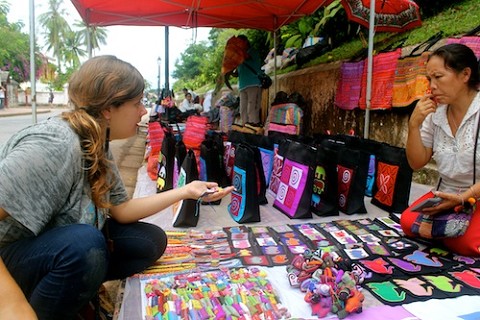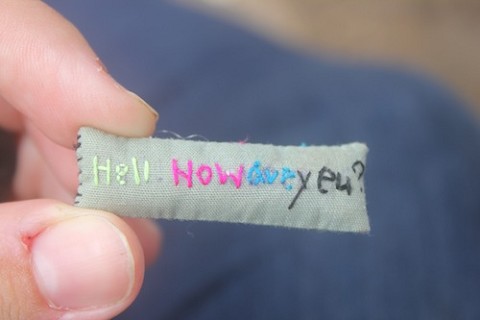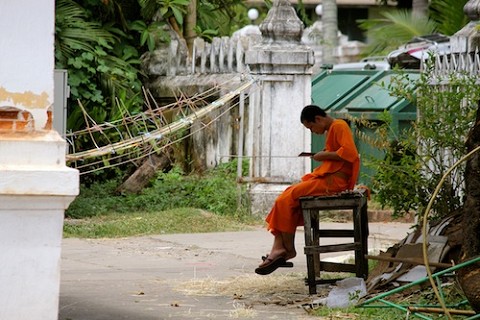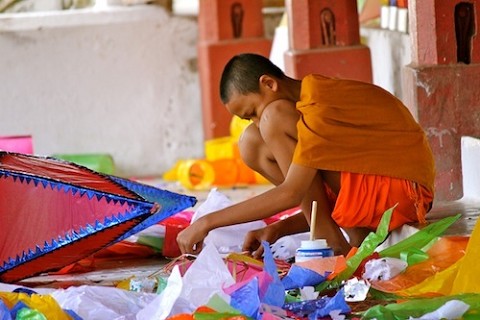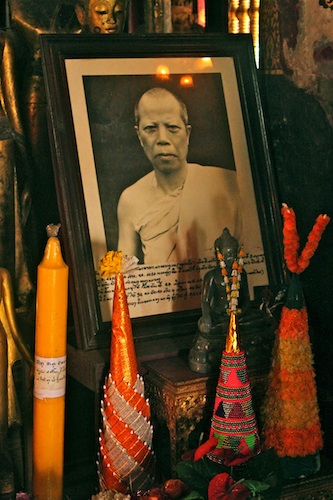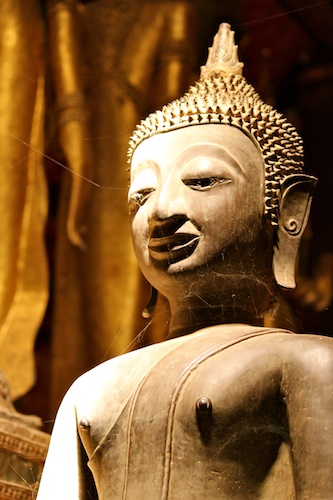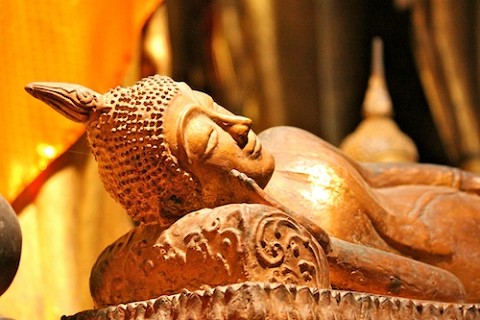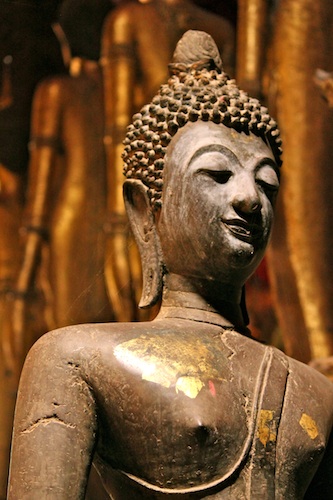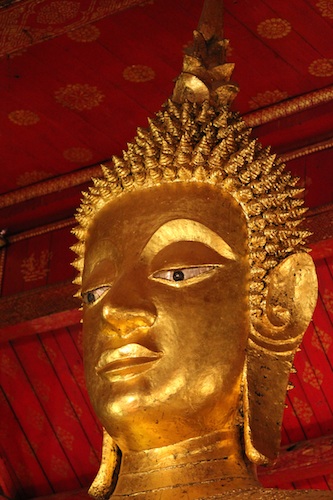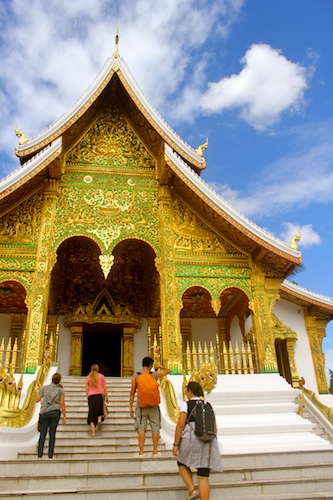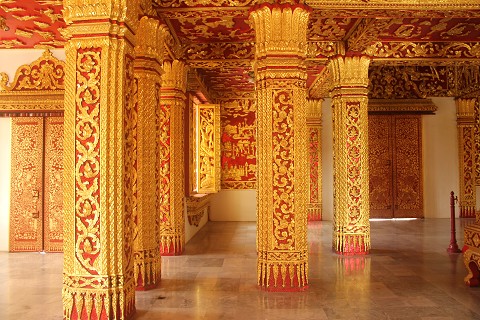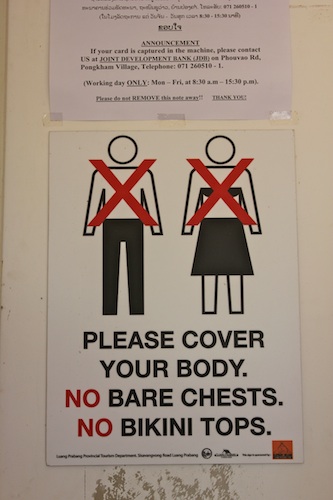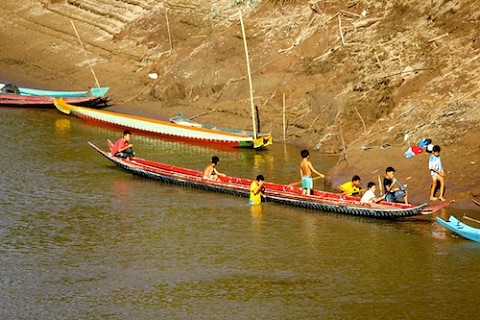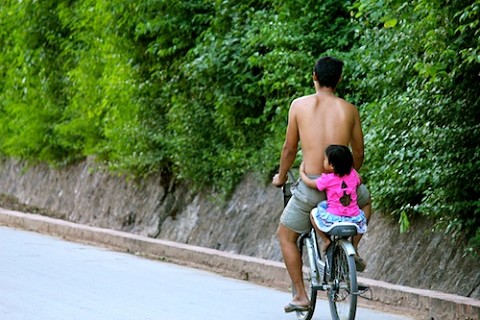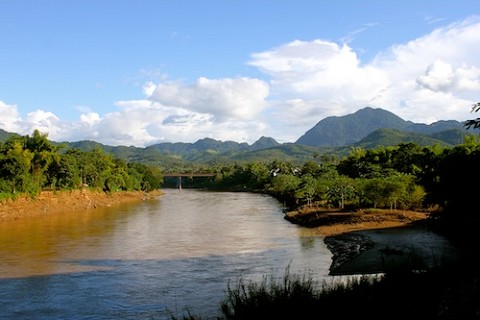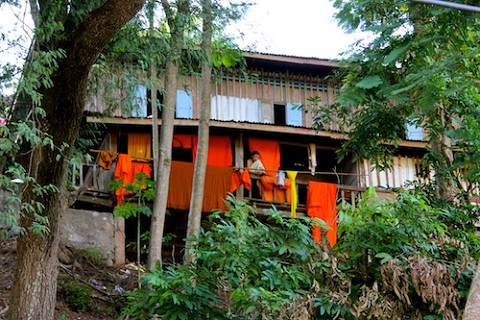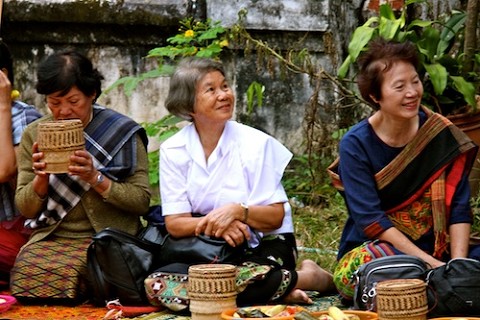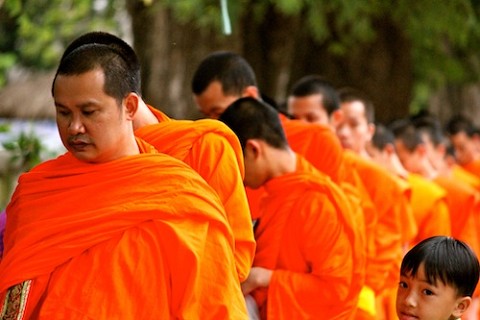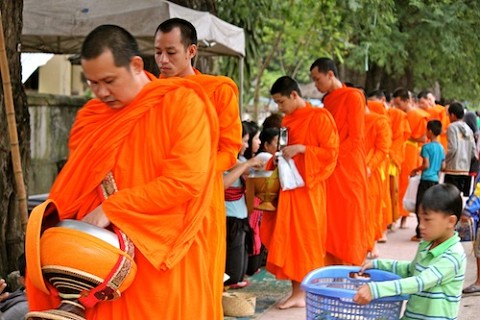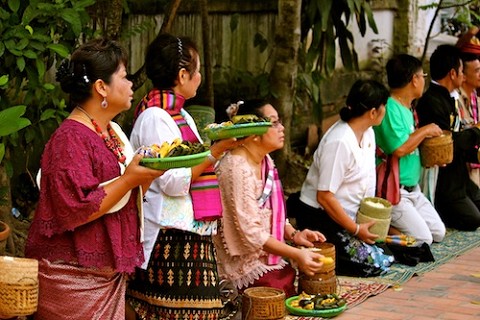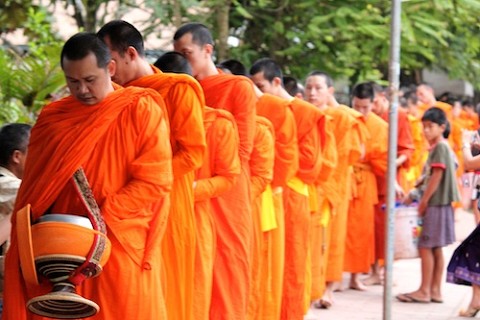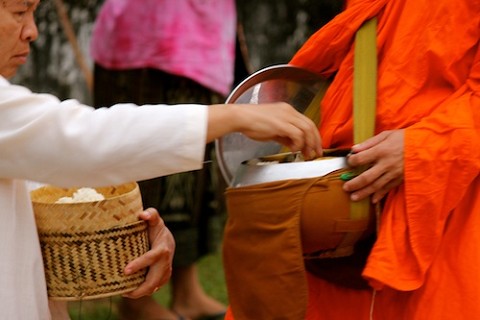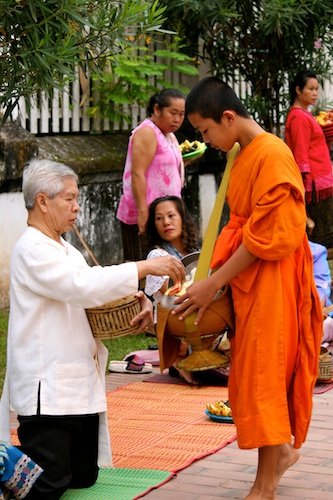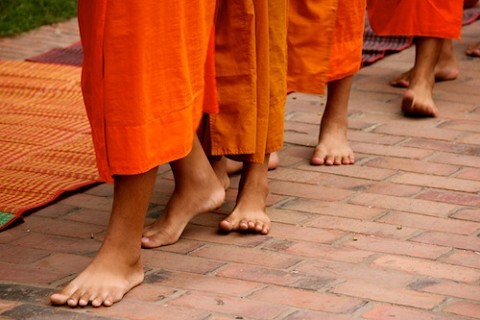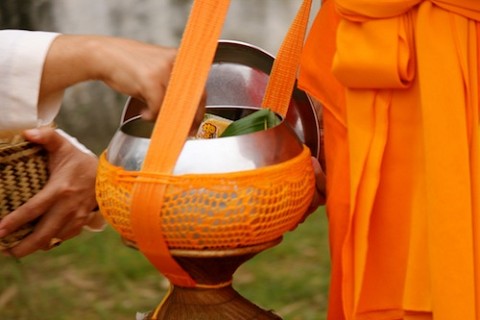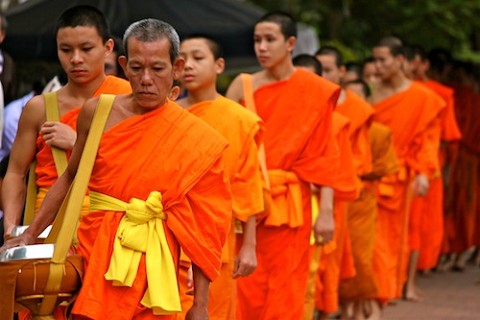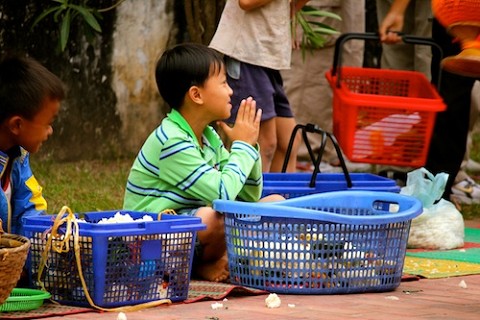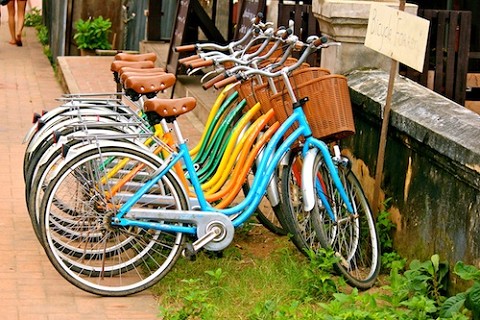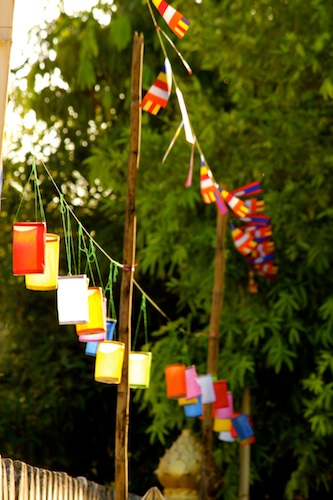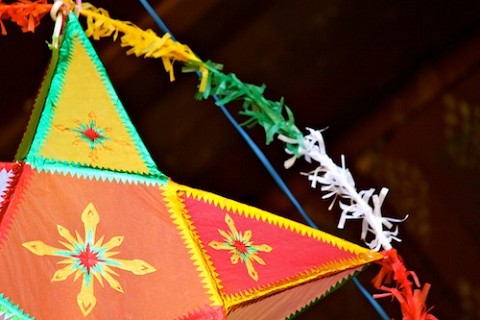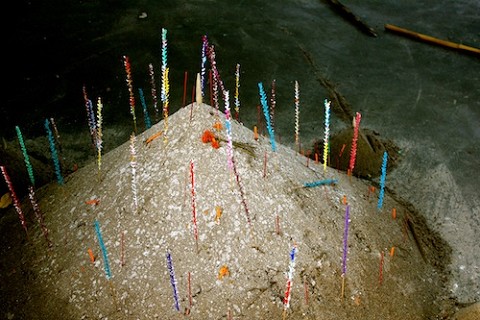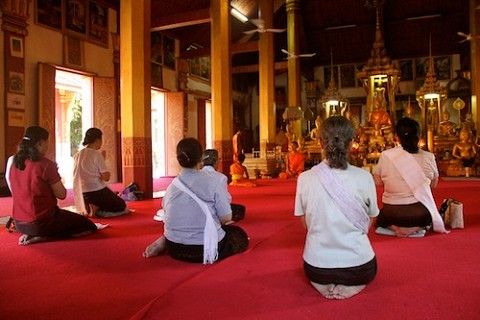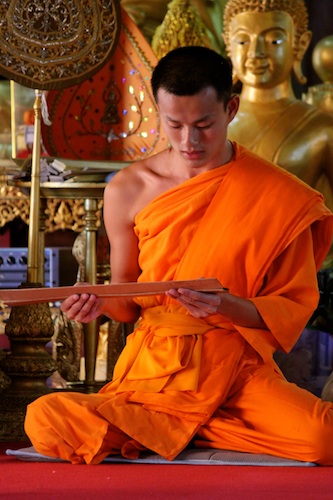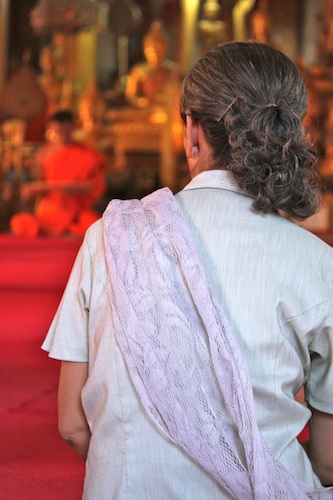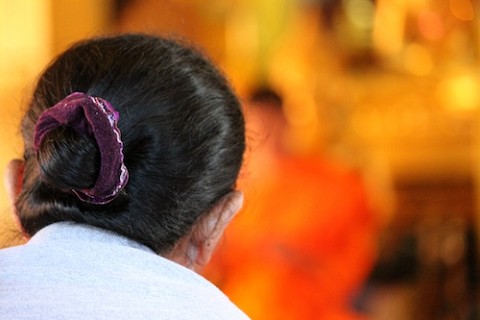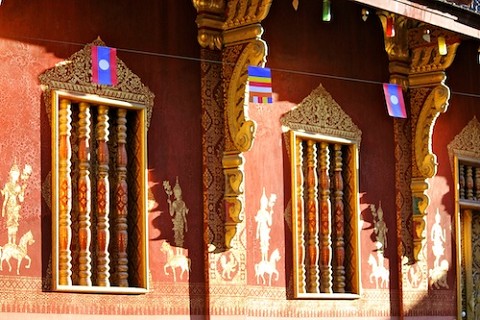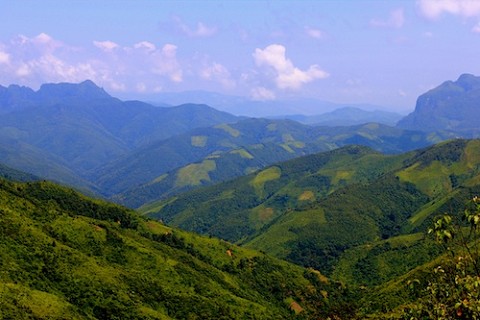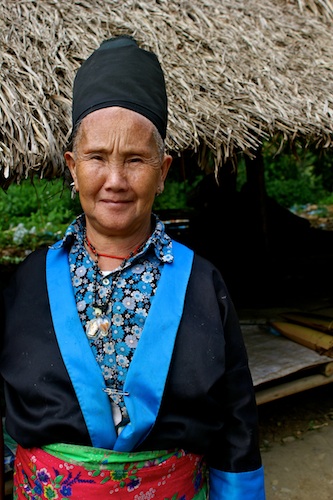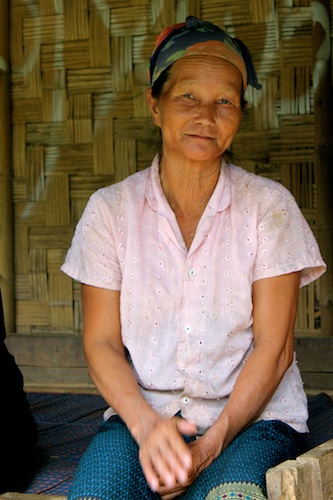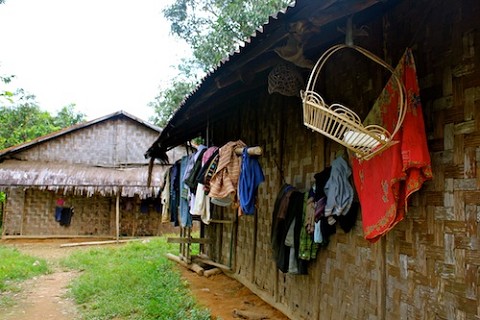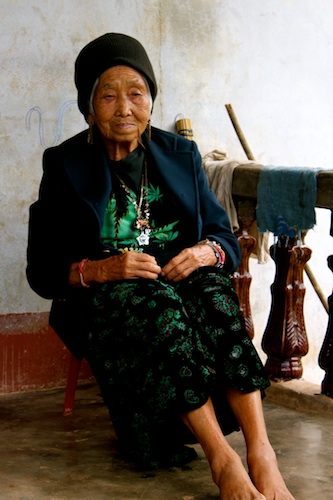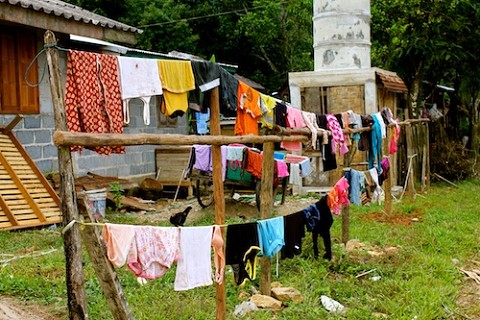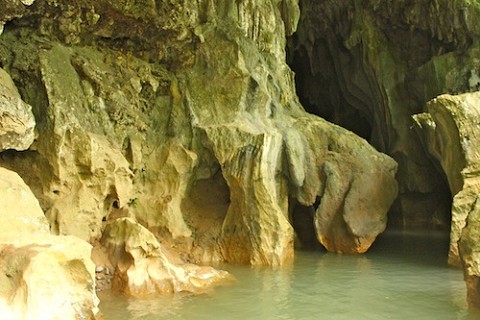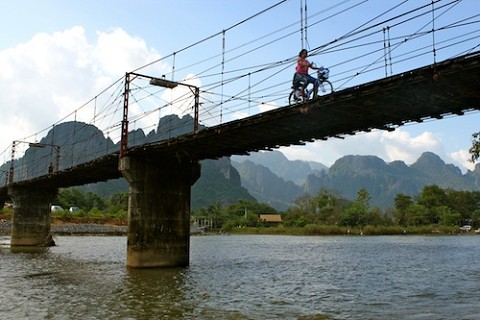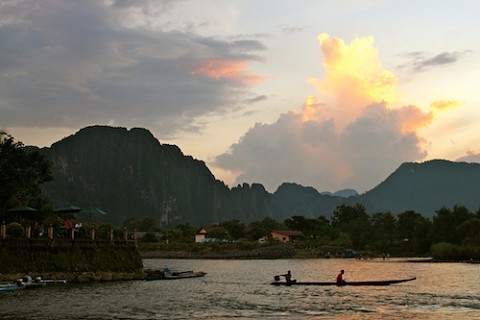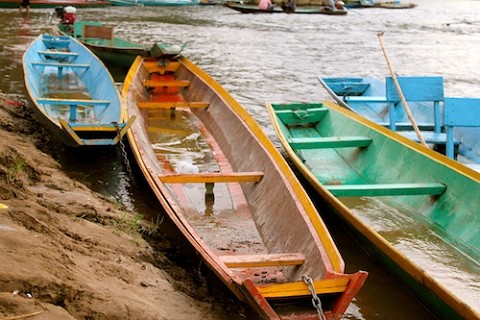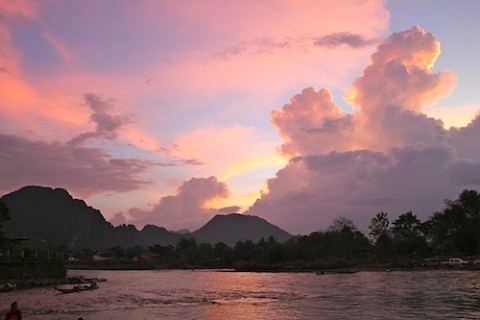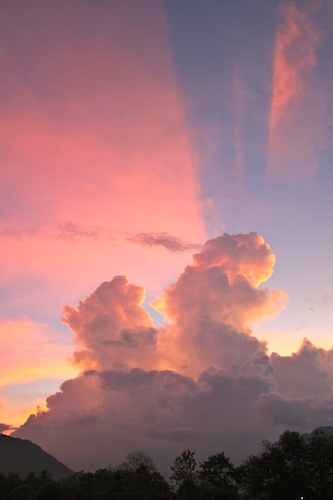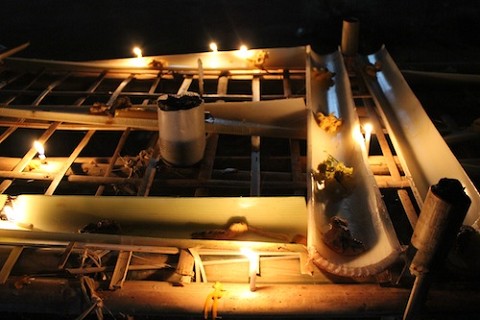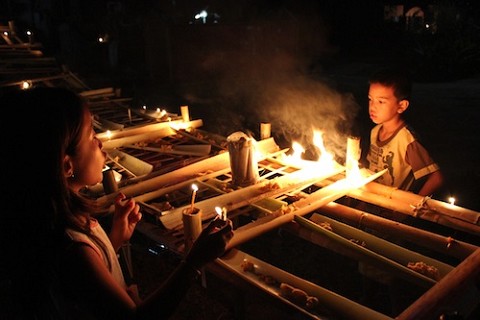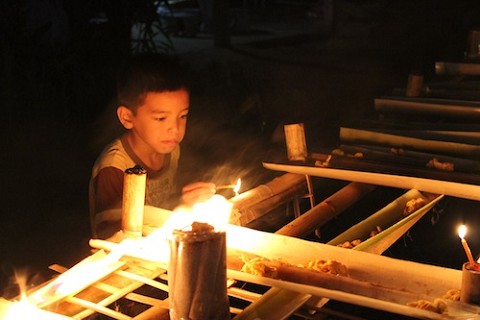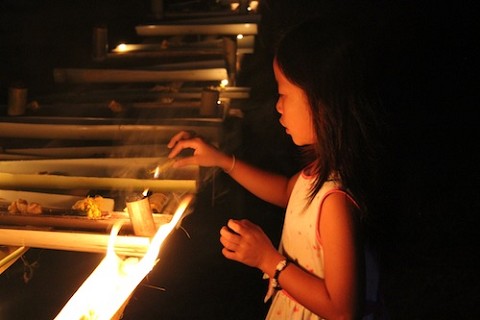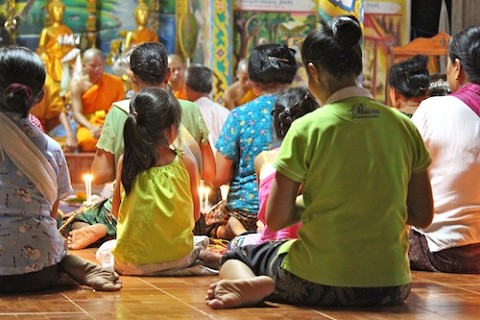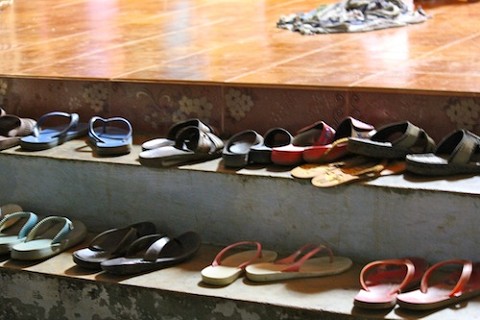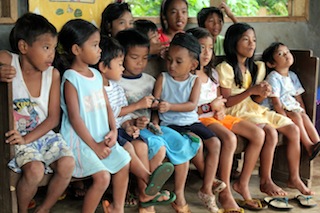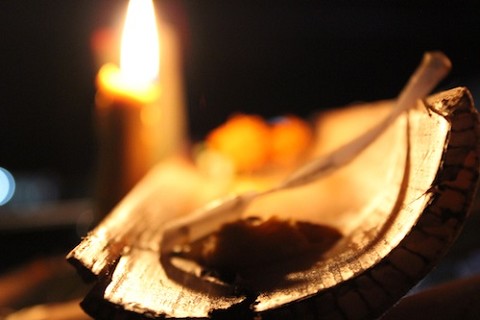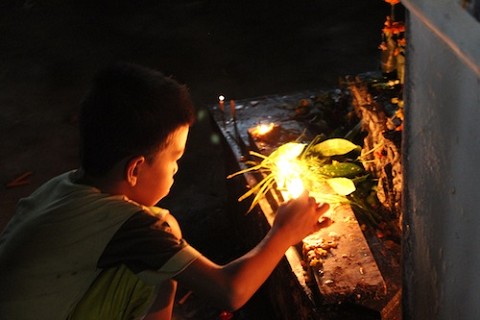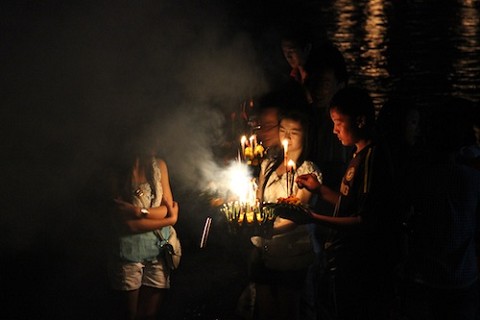Here is a look behind the lens into a country that few westerners, especially Christians, ever get to visit. For the safety of our friends, I have not included any pictures of Lao Christians, churches, or missionaries, but these pictures should give you a good impression of the work we did and the amazing beauty of this nation.
The Plain of Jars: a collection of monolithic stone structures estimated to be older than Stonehenge. They were most likely used as funerary vessels.
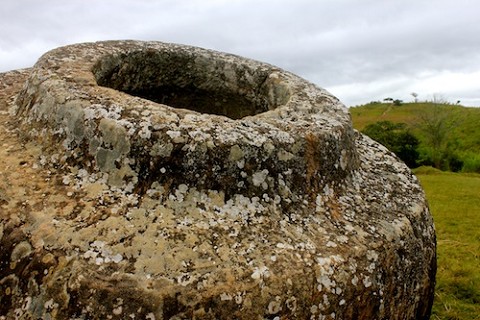
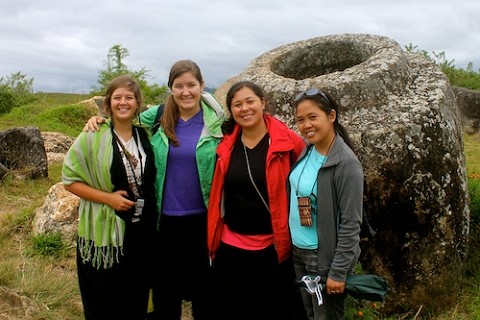
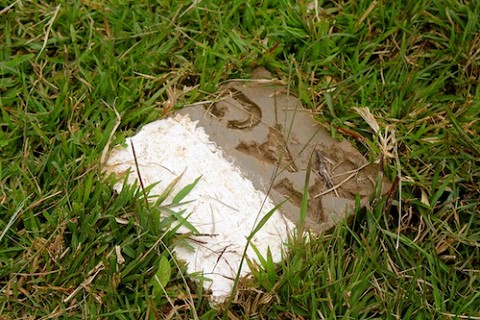
In the early 1970s, the United States was involved in a secret war in Laos. Part of the larger Vietnam War, the secret war devastated much of this country. The Geneva Convention had assured Laos neutrality in the Vietnam/US conflict and forbidden any fighting to occur on Lao soil, but both the US and Vietnam completely ignored that decision. The North Vietnamese were using eastern Laos and Cambodia in order to transport weapons and personnel down the Ho Chi Minh trail to Saigon, and to train Khmer Rouge fighters to take over Cambodia. The US, in an effort to stop the spread of North Vietnamese communism, decided to secretly bomb the North Vietnamese forces that were in Laos. This resulted in 100 months of intense bombings all over eastern Laos and Cambodia. When it finally ended, Laos was the most bombed country in the world, and Cambodia the second most. More than 2 million tons of bombs were dropped on Laos (which is more than were dropped on all of Europe in WWII), and 30% of them failed to explode immediately. When US bombers completed each mission, instead of flying back to their bases with the remaining bombs still on the planes and risking an explosion upon landing, they simply dropped the extra bombs along the way, killing thousands of civilians. The vast majority of Americans know nothing about this war because it has been kept secret. The missions were declared a tactical success by the US military, but the cost for the Lao people is impossible to measure. Thousands upon thousands were killed, lost their homes, and were forced to evacuate and hide in caves. Foreign aid was almost nonexistent because the war was a secret. The effects continue today because there are still an immeasurable amount of unexploded ordinance (UXO) all over Laos and Cambodia. People are still being hurt and killed every year because of this war. It was not until 1997 that the United States acknowledged any participation in a covert war in Laos, and only in the past few years have NGOs begun the process of removing the UXO from Laos and Cambodia and providing the possibility of safe mobility to their citizens. These trail markers at the Plain of Jars show tourists where it is safe to walk to avoid the remaining UXO that still speckle the countryside.
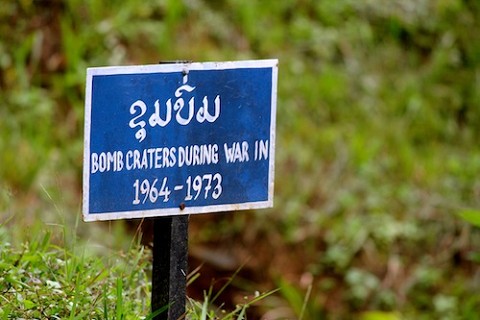
Craters from the bombing are common, and the landscape resembles a grassy moonscape.
Spirit houses: small structures outside of most buildings and homes in Southeast Asia. Offerings are made daily of food, flowers, and incense to the spirits of the land to keep them on the side of the people who live there.
The Lao people and the hill tribes hid in caves like this one to escape the bombings during the Secret War.
The Plain of Jars
Because of so many UXO, collecting bomb scrap metal is a big business in this area. The local people use bomb fragments to build their homes, house their potted plants, and even wear as jewelry.
Checkers
Impromptu English lessons
A hymnal at a Lao church
There are more than 100 different ethnic groups in Laos. This is a fashion show we went to to see some of their traditional clothing.
I’m pretty sure this was supposed to say, “Hello, how are you?”
Modesty is key here.
The Mekong River
Monks’ clothes out to dry
In Luang Prabang and all over Laos, every morning devout villagers line the streets with containers of sticky rice, bananas, and other staple foods to offer alms to the monks in the area. The monks thereby fulfill their vow of poverty by depending on the charity of others to meet their needs.
Collecting alms
Little children also sit on the side of the road and beg food from the monks.
Evidence of the thriving population of hipsters in Southeast Asia.
Laos is probably the most beautiful country we have visited this year.
The hill tribes are a vital part of Lao culture, and most of them still maintain their traditional dress and religious beliefs. The majority of them are entirely unreached by the gospel.
We went tubing down the Nam Song River in Vang Vieng and went to see some of the caves where people hid from the bombings.
The Nam Song River
At the end of Buddhist lent there is a full moon festival where people decorate boats and “send their sins down the river” by attaching offerings of flowers, incense, money, etc. to the boats and releasing them in the water so that Buddha will forgive them. We wandered into a temple to watch the people prepare the boat and adorn it for its trip down the Nam Song.
Children lit the candles and placed the flowers.
The monks gave a long reading and ceremony.
Finally, the boats were released down the river and firecrackers went off. The festival looked fun on the outside and was a great opportunity to observe interesting cultural rituals, but it was also a very spiritually heavy time as we watched people strive in vain to gain forgiveness and place their hope in stone idols. The nation of Laos is incredibly beautiful, but it needs love more than almost anywhere I’ve ever been. For a more detailed look at what is needed to reach the people of Laos, read my
previous blog and watch the video we made during our time there.
